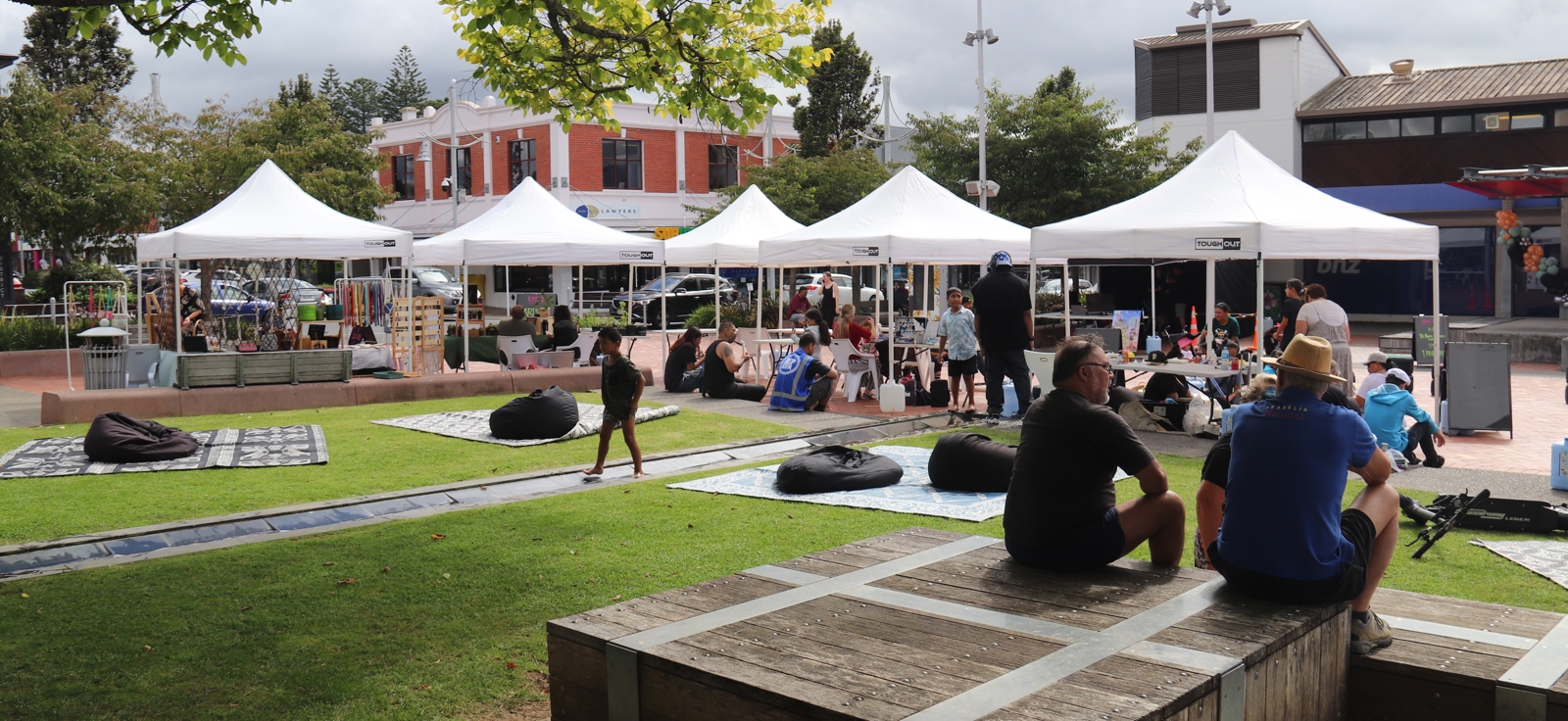More than 20 Franklin parks have received names from mana whenua iwi Ngaati Te Ata Waiohua, Ngāti Tamaoho, Te Aakitai Waiohua and Ngāi Tai ki Tāmaki.
Most have been adopted as dual names, with the Māori name sitting alongside the English name.
Few have had sole Māori names adopted, such as Te Nikau Pā, where the Clevedon Scenic Reserve has had the original name restored to acknowledge Ngāi Tai ki Tāmaki as the original inhabitants and recognise the significance of the name and site.
Franklin Local Board chair Angela Fulljames says the name is fitting.
“It will be great to see locals embrace it and be able tell their visitors why the reserve carries the name, something that will see them become part of keeping alive our own history.”
She says that’s also true of land set aside in Beachlands that will be known as Angiangi.
“That name speaks to the gentle breezes so common in the area but also to a native shrub we know as naupata, that grew nearby.”
Fulljames says naming is important to iwi because it reflects ancestry, heritage and stories that record the availability of resources that underscore why areas were critical to Māori.
In the Waiuku subdivision, land in the Kahawai Point development will be known as Poohutukawa, acknowledging the tree as a taonga that once covered the headland.
Ngaati Te Ata Waiohua tupuna record poohutukawa flourishing on the point and acting as a key indicator of seasonality.

In Pukekohe, the town square – which has no formal name – will become Te Puutahi o Pukekohekohe.
Fulljames says the gift from Ngaati Te Ata Waiohua means a coming together, convergence or meeting place.
“That beautifully represents both the square and its purpose. What better idea can there be than a name that reflects the importance of coming together?”
In the expanding development on Belmont Road, the reserve will be named Papahua.
As part of the decision the board also agreed on bilingual signage at Kennelly Park, where a joint name will be added – Te Ara-poouri, reflecting the course of the Whangapoouri, which runs through the park and on to Paeraataa.
Fulljames says Waiohua iwi favour using double vowels to indicate where lengthened pronunciation is needed, rather than macrons – the dashes above letters.
“All the names come wrapped in the significance of the narratives and reasons behind them. We are all becoming the guardians of those stories and that’s a special privilege.”
The names are provided by iwi as part of the Auckland Council initiative Te Kete Rukuruku, which seeks to return Māori names to parks and tell the cultural stories of special places.
In 2019 Franklin invited mana whenua to name 149 parks and two years later the first 61 names were adopted.
The latest names adopted with the narratives behind them are here.
Stay connected
Sign up for your Local Board E-news and get the latest news and events direct to your inbox each month. Or follow us on Facebook.


